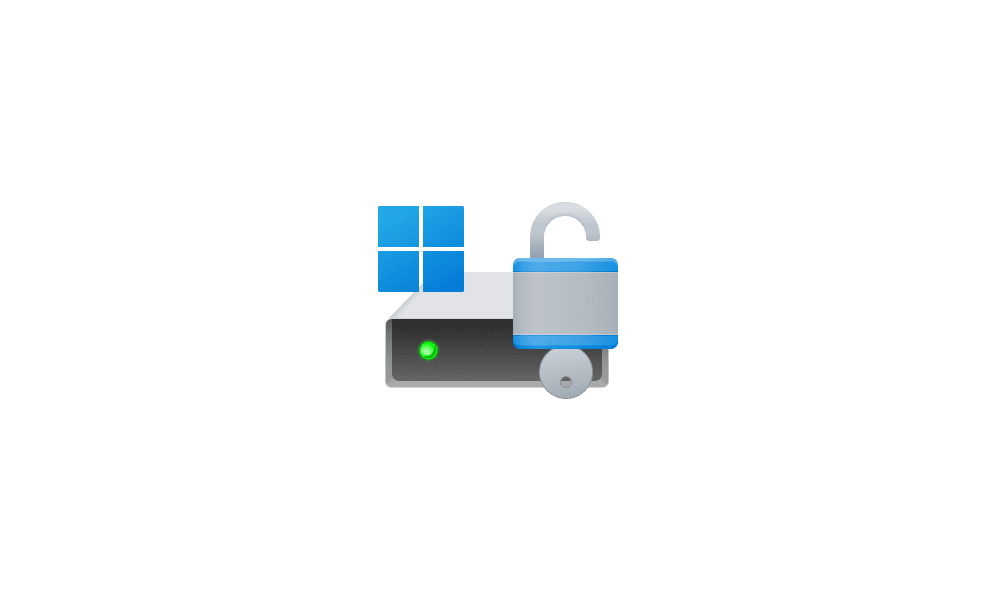- Local time
- 4:06 PM
- Posts
- 66
- OS
- Windows 11 Home 23H2 (Retail)
Hi everyone. So I was looking around on my OEM Win 11 Home 23h2 computer a few minutes ago. I clicked to see the properties of my C drive. And I discovered that under the Security tab, under 'Group or user names', the very first thing listed was "Account Unknown(S-1-15-3-65536-.....)" It turned out to be a long string of number clusters with hyphens in between them, about 99 or 100 characters in total, including the hyphens. I have no idea what that would be. Do you have any idea? I don't recall ever seeing anything like that before.
(This is the computer that I only ever use for essential/sensitive stuff like logging on for online banking, doing paperwork or logging on to the government tax site for reporting tax info. I don't do anything else with it, no non-essential stuff, no visits to unnecessary sites. I'm very careful to keep it isolated and protected. It hardly ever gets turned on, really. I do non-essential things on my old Win8.1 computer instead.)
I was wondering if this 'account unknown' could be something related to device encryption or something. But I don't use device encryption and Bitlocker isn't supposed to be on this computer. When I search my system, the only mention of Bitlocker I can find is under settings > system > about, where under 'related' it says Bitlocker and clicking that only takes me to the microsoft store with an ad to upgrade to Pro. Any ideas?
(This is the computer that I only ever use for essential/sensitive stuff like logging on for online banking, doing paperwork or logging on to the government tax site for reporting tax info. I don't do anything else with it, no non-essential stuff, no visits to unnecessary sites. I'm very careful to keep it isolated and protected. It hardly ever gets turned on, really. I do non-essential things on my old Win8.1 computer instead.)
I was wondering if this 'account unknown' could be something related to device encryption or something. But I don't use device encryption and Bitlocker isn't supposed to be on this computer. When I search my system, the only mention of Bitlocker I can find is under settings > system > about, where under 'related' it says Bitlocker and clicking that only takes me to the microsoft store with an ad to upgrade to Pro. Any ideas?
- Windows Build/Version
- Windows 11 Home (OEM) 23H2, Build: 22631.4751
My Computers
System One System Two
-
- OS
- Windows 11 Home 23H2 (Retail)
- Computer type
- PC/Desktop
- CPU
- Intel Core i5-12600K
- Motherboard
- ASRock B760M PG Riptide
- Memory
- Crucial Classic DDR5-4800 16GB
- Monitor(s) Displays
- 1 good old Benq model
- Hard Drives
- Kingston KC3000 SSD 512GB PCIe 4.0 M.2 2280 NVMe
- PSU
- Seasonic G12 GM 750Watt
- Case
- metal, 15+ years old, ATX/mATX
- Cooling
- Thermalright Peerless Assassin 120
- Keyboard
- Lenovo, wired
- Mouse
- Logitech, wired
- Browser
- Chrome
- Other Info
- First time DIY build.
-
- Operating System
- Windows 11 Home 23H2, Build: 22631.4751 (OEM)
- Computer type
- PC/Desktop
- Manufacturer/Model
- Acer Aspire XC-1760
- CPU
- Intel Core i5-12400
- Motherboard
- Acer Andrew H610 (PCIe Gen 4)
- Memory
- 8 GB DDR4
- Graphics card(s)
- Intel(R) UHD Graphics 730
- Sound Card
- Integrated, HD Audio
- Monitor(s) Displays
- old Samsung
- Screen Resolution
- 1920x1080, 60 Hz
- Hard Drives
- M.2 PCIe NVMe SSD (WD or Kingston, not sure), 512GB, partitioned into C & D drives.
- PSU
- Brand unknown. 180W. (80 Plus Gold certification)
- Case
- Slim, DTX
- Cooling
- Brand unknown. Air cooling.
- Mouse
- Logitech (wired)
- Keyboard
- Lenovo (wired)
- Browser
- Chrome
- Other Info
- Extra CPU details:
Intel UHD Graphics, 6 cores, 12 threads, 2.5 GHz, LGA1700, Intel H610 Chipset.








